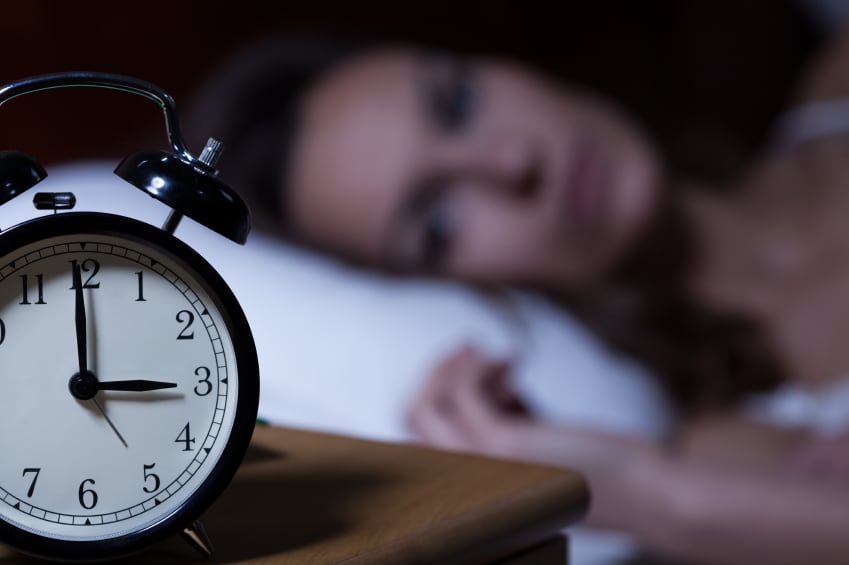Writing in the European Journal of Nutrition, the researchers from National University of Singapore, Columbia University Irving Medical Center, and Nestle reported that managing post-meal blood glucose spike could be a novel approach to improving sleep.
This is because their findings have shown that a lower post-meal blood glucose spike could significantly shorten the amount of time needed to fall asleep.
This was achieved with the supplementation of mulberry leaf extract, combined with tryptophan, zinc, magnesium, and vitamin B3 and B6.
Existing studies have supported the post-meal blood sugar control ability of mulberry leaf extract.
For instance, a 2023 study published in Diabetes Therapy reported that the supplementation of mulberry leaf extract, alongside fibre, vitamin D, and chromium could reduce post-meal blood glucose spike. The study was funded by Nestle Health Science.
In the current study conducted in Singapore during 2022, a total of 43 adults aged between 25 and 50 took part in the randomised, crossover, double-blind, controlled trial.
They also scored more than five on the self-report Pittsburgh Sleep Quality Index (PSQI), which is noteworthy as a score greater than five suggests significant sleep difficulties.
They were randomised to take either the treatment or control within 30 minutes of dinner for 14 days.
The treatment is a dry powder consisting of 750mg mulberry leaf extract commercially available as Reducose. The powder also contains 5.4g of whey protein consisting of 120mg of tryptophan, 1.337mg zinc, 12.39mg magnesium, 1.96mg vitamin B3, and 0.13mg vitamin B6.
The control product is a four gram wheat gluten hydrolysate containing low amounts of tryptophan at approximately 40mg.
Effects of the treatment and control on sleep quality and sleep efficiency were measured using the Philips Actiwatch Spectrum Plus.
Glucose levels during the intervention phase were also measured using continuous glucose monitoring, while post-meal glycaemic response following dinner was also assessed.
Findings showed that on average, the treatment group had a significantly lower postprandial glycaemic response as compared to the control group throughout the 14-day study.
This is based on the incremental glucose area under the curve (iAUC) within the first three hours of taking the meal.
For instance, postprandial glycaemic response area under curve in the treatment group was 21 per cent lower as compared to the control group during the zero to first hour of intervention.
The difference between the two groups remained significant even until the third hour of intervention, with postprandial glycaemic response area under curve in the treatment group 11 per cent lower than the control group.
“During the sleeping period, treatment reduced the nocturnal glucose CV significantly by 0.58 per cent (p=0.023) compared to control,” the researchers added.
However, no significant difference was seen in postprandial glycaemic response in both groups in the next morning’s breakfast.
Shorter time needed to fall asleep
Aside from a lower post-meal blood sugar increase, the treatment group also saw a significant reduction in the amount of time needed to fall asleep as compared to the control group.
During the 14-day intervention, the treatment group on average fell asleep 3.82 minutes quicker than the control group, based on actigraphy readings captured by the Philips Actiwatch.
Self-reported sleep onset latency or time taken to fall asleep, on the other hand, was also significantly shorter in the treatment group at 3.09 minutes faster than the control group.
They also reported feeling significantly less sleepy during the next morning as compared to the control group.
Based the results analysis, the researchers said the treatment had significant effect on ease of falling asleep, as well as fewer awakenings, and spending less time awake during period of sleep compared to control.
“We evaluated whether the treatment affects SOL (sleep onset latency) and sleep quality directly or indirectly through the PPGR (postprandial glycaemic response) of the evening meal and nocturnal glucose variation.
“There was both a direct effect of the treatment on SOL and a significant indirect mediation effect on SOL by the evening meal PPGR iCmax, indicative of the partial mediation of the treatment effect on SOL through PPGR...
“To our knowledge, these findings are novel in demonstrating an interventional effect of PPGR on the SOL reduction,” said the researchers.
They added that tryptophan, as a precursor to the production of the sleep regulating hormone melatonin, together with cofactors in this conversion process, vitamin B6, zinc and magnesium, could have also led to a shorter time to falling asleep.
On the other hand, there was no significant difference between the two groups in terms of their next day functions, such as executive function, declarative memory, and response inhibition.
The study was funded by Nestle.
Comparisons to other sleep-aid ingredients
As compared to nutraceuticals like valerian, the treatment has shown quicker effects for falling asleep, but the result was still slower than that of melatonin.
Based on objective measurements, sleep onset latency could be reduced by 1.3 minutes when using valerian and further by 5.5 minutes when using melatonin, the researchers said, citing existing studies.
Nonetheless, they believe that the treatment has promising potential, as it has shown significant results just over a two-week period.
The blend of mulberry leaf extract, tryptophan, vitamin B3, B6, magnesium, zinc is already commercially available in Nestle products.
An example is Yiyang Wanning milk powder launched by Nestle in China last year.
Source: European Journal of Nutrition
Mulberry leaf extract combined with tryptophan improves sleep and post wake mood in adults with sleep complaints – A randomized cross-over study
DOI: https://doi.org/10.1007/s00394-025-03643-8
Authors: Soon, C.S., Thota, R., Owen, L. et al.


